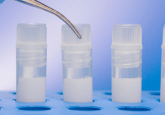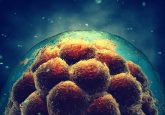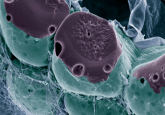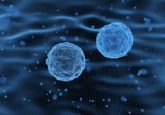Considerations for quality and consistency in stem cell culture reagents: an interview with Miriel Ho
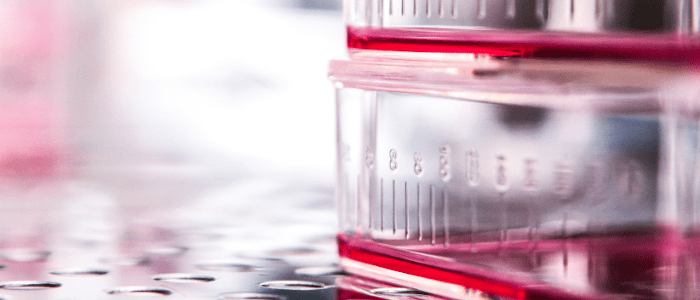
In this interview, Miriel Ho (CReATe Fertility Centre, Toronto, Canada) discusses the biggest challenges in stem cell research when it comes to culture reagents and the unmet needs she has experienced in this area. In addition to this, we hear how her research group has utilized human induced pluripotent stems cells (hiPSCs) as models to investigate fetal organ development in the presence of addictive substances.
Can you tell us more about your role, your research and what inspired you to work in this field?
I am the Director of the Vascular and Regenerative Medicine Platform at CReATe Fertility Centre in Toronto (Canada). Presently, my research group utilizes human induced pluripotent stem cells (hiPSCs) as models to investigate major milestones during fetal organ development in the presence of addictive substances. In addition, we also interrogate the feasibility of a range of hiPSC cellular and cell-free derivatives to restore normal growth control and function in injured or diseased cells. Our team is always excited to learn about how these diverse areas of discovery science can be potentially translated to, or integrated with, existing clinical therapeutics to benefit fetal and adult health.
What unmet needs have you experienced with regards to your choice of culture reagents? What are the biggest challenges in stem cell research when it comes to culture reagents?
Stem cell research as a whole is very dependent on the potency of growth factors, the culture medium and the extracellular matrix on which the cells are grown. Together, these form the basic microenvironment that influence cell behavior, fate and function. Thus, we really require this microenvironment to be supportive. One of the challenges we face in seeding hiPSCs in single cell format is the maintenance of pluripotency with minimal spontaneous differentiation. Another consideration is the ability of the hiPSC single cells to proliferate in a short period to achieve a critical confluence before initiating differentiation studies. Both parameters are essential to ensure the efficiency, and therefore, the success of downstream cellular differentiation.
How does the choice of culture reagents impact the quality and consistency of your results?
The quality of cell culture reagents has a direct and profound impact on the ability to achieve reliable results. Notwithstanding that multiple companies offer the same product; we have a preference to purchase certain culture reagents from specific companies. This is especially the case if the companies are able to provide us with the same lot number of the culture reagent to minimize potential batch-to-batch variation.
How has ExCellerate iPSC Expansion Medium helped to overcome these obstacles?
We were given the opportunity to trial the ExCellerate iPSC Expansion Medium and have found it to be highly supportive in the maintenance of pluripotency of hiPSCs seeded in small colonies as well as single cell format. Furthermore, the cells cultured in this medium also expanded very well in a short period, which meant that we could quickly proceed with our downstream studies. We found this to be the case across multiple iPSC lines and also different iPSC clones.
Can you provide us with a bit more information on how you have used this product (e.g., applications)?
We have used the ExCellerate iPSC Expansion Medium as a starting medium to perform monolayer differentiation of cultures including those of the vascular, cardio-pulmonary, neurovascular and renal lineages. In parallel, we have performed 3D organoid cultures for some of these systems as well. In both settings, the iPSC derivatives were employed as high-throughput in vitro models to evaluate the exposure of addictive substances in fetal/adult cell behavior and function.
What improvements were you most excited to see from using ExCellerate iPSC Expansion Medium?
We were interested to observe that the ExCellerate iPSC Expansion Medium maintained a high degree of stemness in single iPSCs comparable to those grown in colonies. Furthermore, single cell hiPSCs showed improved viability, a shortened lag phase of cell expansion and also exhibited healthy metabolism. Together, we believe these parameters contributed to a higher rate of differentiation efficiency and subsequent cell function when we conducted our experimental studies.
Looking to the future, how do you see the need for animal component-free products evolving over the next 10 years?
The vision of utilizing stem cells in regenerative medicine to treat diseases or to replace damaged tissue has gained increasing global traction in the last decade. As more research laboratories adopt experimental models that accurately recapitulate the in vivo human condition, it is very plausible that animal component-free cell reagents will be highly valuable to the progressive development of cell and cell-free therapeutics. The use of clearly defined, animal component-free products during this process may also improve the likelihood for such therapies to be accepted and approved for clinical applications by government regulatory bodies.
Disclaimer
The opinions expressed in this interview are those of the interviewee and do not necessarily reflect the views of RegMedNet or Future Science Group.
In association with:

